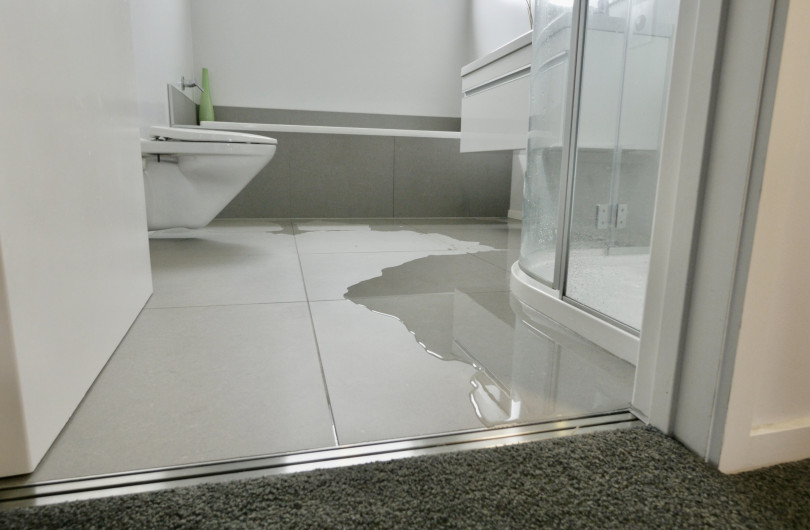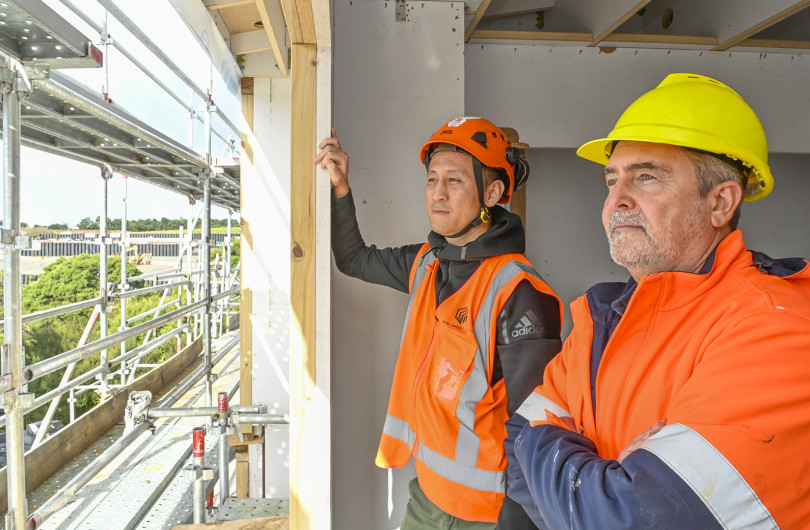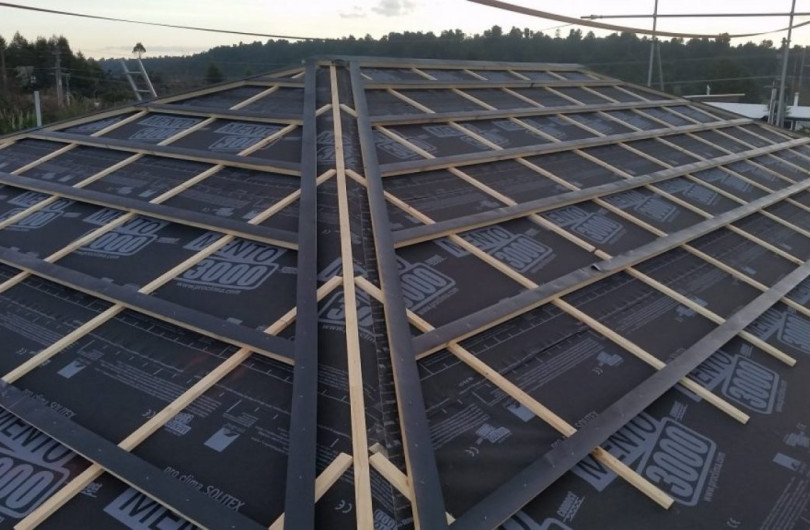The Next Six Months
THE NEXT SIX MONTHS
The issues with supply and pricing don’t look like they’ll ease soon. Given the global context and the strong New Zealand forecasts for new dwelling consents, this is a situation that could continue for years. When we look at the BRANZ residential building consent forecast, we see elevated consents levels for at least the next four years, which suggests demand won’t ease any time soon.
At the very least, when we look to the next six months, 83% anticipate that suppliers will continue to be negatively impacted. Looking at the anticipated supply and demand balance by category, structure is the category most at risk of a continued supply deficit in the coming months.
Suppliers were asked by what factor they believed demand will outstrip supply. For both structure and external categories 17% of suppliers believed that demand would outstrip supply by a factor of three or greater (three times the demand against the supply available).
Given the situation with freight and staffing, lead times are likely to continue to increase. This will have flow-on effects to the market unless we start to plan and work differently.
Constrained supply means programmes on site will be extended, and this has cost implications even without any client penalties for delayed delivery. Some suppliers mention the potential impacts if supply can’t be achieved – smaller builders and trades with less power among suppliers will be left with no supply, impacting their ability to work, operate, and pay their staff. As a result, we might start to see failed construction businesses at a time when the industry should be strong.
“WHAT IMPACT DO WE SEE OF THE SUPPLY CONSTRAINTS HAVING ON OUR CUSTOMERS? SOME SMALLER CUSTOMERS WILL NOT BE ABLE TO GET SUPPLY WHICH COULD PUSH THE BUSINESSES INTO HIGH RISK OF FAILURE.”
Ultimately, the issues around supply look to continue for the next six months at the least. We’ve kept the forecast deliberately short (to six months), as it is hard to make any dependable predictions beyond this in a context of so much uncertainty around Covid. As discussed, four key issues must be addressed if we have any hope of triumphing through this as a productive and affordable industry. Let’s turn then to what needs to happen in the face of these issues.
- Dealing with the logistics situation
- Considering the potentially hidden price impacts and sustainability of our supply chain
- Operating in a context of a global market that is forecast to grow further
- Appropriate staffing for the supply side of the construction industry























